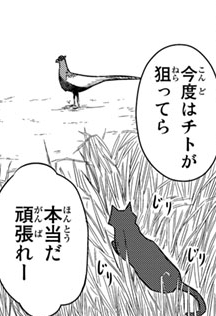For those who are sub-level 10, I’d like to take a moment to temper your expectations. The last thing anyone wants is for you to become disillusioned upon completing the big one-oh.
Things you’ll need to understand Japanese:
- Grammar
- Vocabulary
- Kanji (for reading material without furigana)
Grammar
You can’t properly understand what you read without knowing at least basic grammar. WaniKani doesn’t cover grammar, so be sure to find a source, and to start learning grammar, as soon as possible.
If you feel you’re not ready yet (maybe you’re still getting used to doing daily WaniKani lessons and reviews), you can hold off on grammar a bit. By the time you reach level 10, if you haven’t started learning grammar, you’ll want to start.
Vocabulary
There are plenty of vocabulary words that WaniKani doesn’t teach, even though it teaches you the kanji. (This was touched upon earlier in this thread.) For example, you learn 見 (see) at level 4, and you learn 学 (study) at level 5, but WaniKani doesn’t teach 見学 (learn from observation). The けん reading for 見 isn’t taught until level 9.
There’s also many vocabulary words written without kanji to learn.
Kanji
Finally, knowing 50% of kanji typically means you’ll keep finding sentences half-filled with kanji you don’t know.
This sounds discouraging (is sort of kind of really is), but so long as you have the right expectations once you complete level 10, it needn’t be a sudden shock.
Below are some examples of manga panels and what levels WaniKani teaches the kanji used in them. Remember, just because WaniKani teaches the kanji, it doesn’t necessarily mean it teaches the words.
アオハライド

- 待: Level 12
- 人: Level 1
- 私: Level 6
- 地: Level 6
- 元: Level 3
- 一: Level 1
- 緒: Level 38
しろくまカフェ bis

- 食: Level 6
- 共: Level 11
- 食: Level 6
You’ll have to learn 共食い outside of WaniKani.
ふらいんぐうぃっち

- 今: Level 3
- 度: Level 9
- 狙: Level 37
- 本: Level 2
- 当: Level 5
- 頑: Level 14
- 張: Level 23
よつばと!

- 今: Level 3
- 銃: Level 39
- 突: Level 26
レンタルおにいちゃん

- 私: Level 6
- 発: Level 9
- 表: Level 9
- 終: Level 10
三ツ星カラーズ
![]()

















